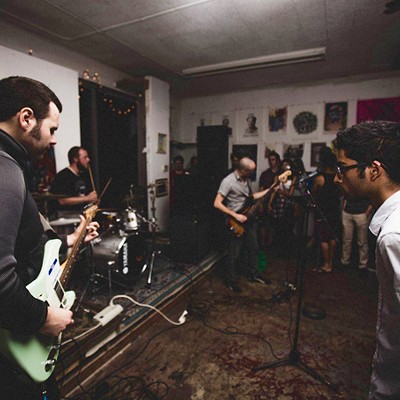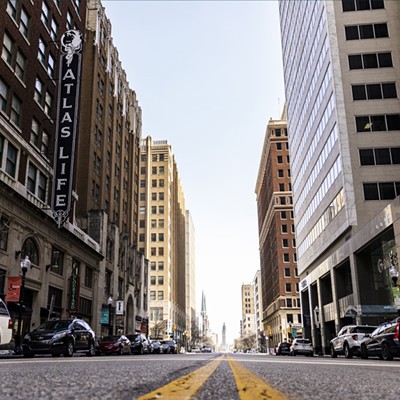TCU Press
As a born-and-bred Oklahoman, how could I not grow up with at least a little love for the Western? In the '70s, I innocently played "cowboys and Indians" like so many other kids did, before such a thing became un-PC. I dutifully watched afternoon reruns of "The Lone Ranger" on TV. At lunch, I washed down my PB-and-Js with Townley's milk that I drank from Hopalong Cassidy glasses my mother had saved from when she was a child.
Michael Barson's "True West: An Illustrated Guide to the Heyday of the Western" takes me back to those simpler times. As noted crime author Robert B. Parker writes in his introduction, the book doesn't intend to chronicle the history of the real American West, despite the "True" of the title "? only its mythic one.
It does so wonderfully, spotlighting the genre across a variety of media, starting with "? what else? "? the silver screen. Beginning with cinema's infancy, the Western became a film staple, yielding household names like Roy Rogers and Gene Autry, as well as dozens of B-level stars who, nonetheless, "by the standards of ten-year-old boys (and girls?) everywhere, they were akin to gods," writes Barson.
An entire chapter is devoted to the author's personal countdown of 101 "great Western films," with the 1930 John Wayne vehicle "The Big Trail" topping the list. Such itemizations are entirely subjective, of course "? after all, a forgotten Bing Crosby musical sits a full 83 slots above the widely acknowledged classic "Butch Cassidy and the Sundance Kid" "? but one can appreciate the depth of flicks covered.
Television is next, including such prime-time stalwarts as "Gunsmoke" and "Bonanza," followed by a list of top Western authors. Barson can only come up with 16, which speaks volumes about this quickly dying arm of fiction.
And that's not all. Songs, comics and merchandise are covered, as well, with the latter chapter featuring ad reprints for yesteryear gotta-haves such as Daisy air rifles and Davy Crockett flashlights.
Although there are plenty of text throughout the book's nearly 200 pages, it's the illustrations that tell most of the story. With large, full-color reproductions of vintage movie posters, paperback novels, comic books and more, there's not a spread that goes by where an image fails to pop and nail you right between the eyes. Like many films of that era, the advertising often overpromised, making the works look more fun than they actually were.
"True West" works as an art book, as well as one for the department of pop-culture history.
"?Rod Lott









